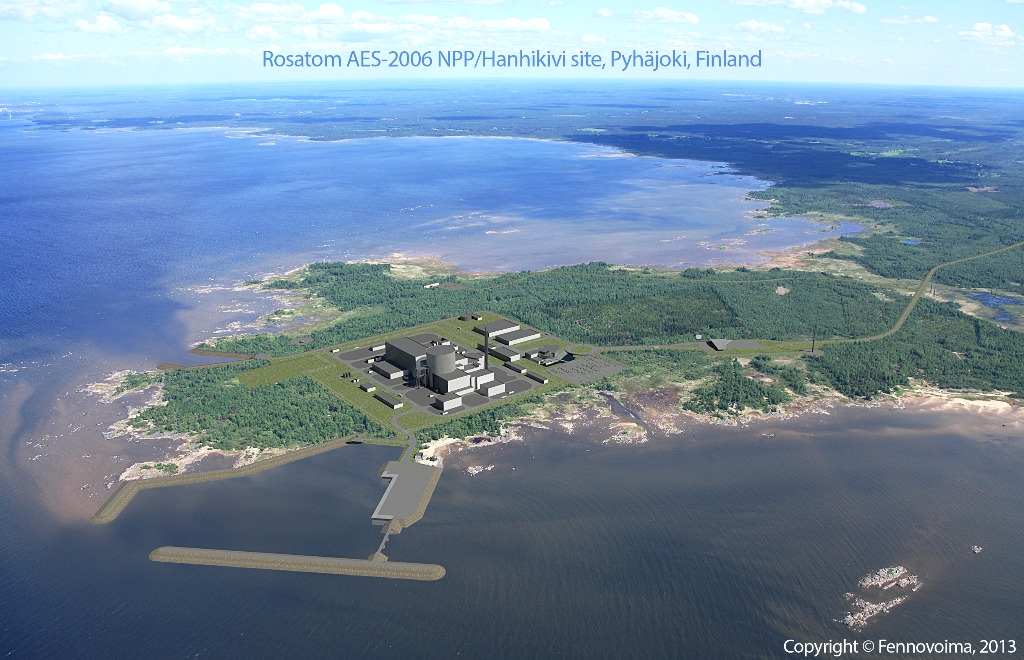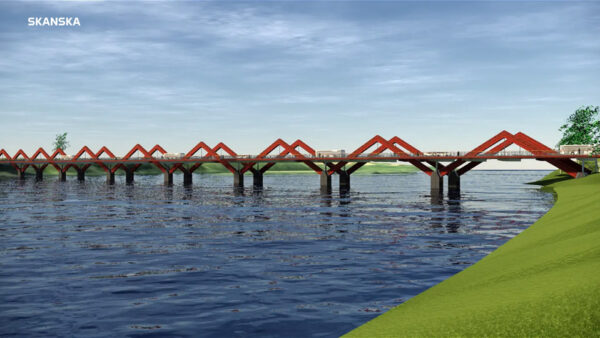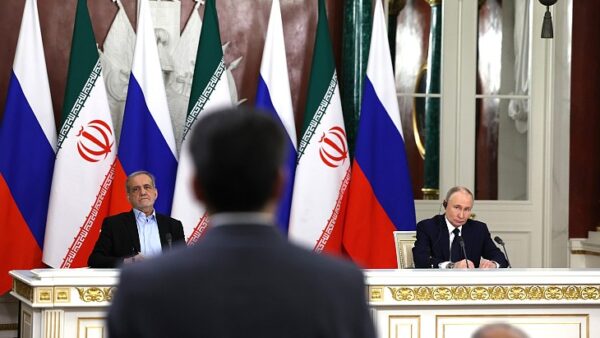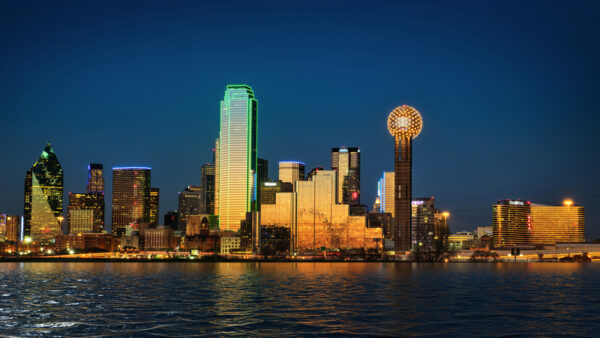The Finnish parliament voted by a comfortable majority on Friday, 5 December to approve construction of a new nuclear power plant that will be jointly owned by Russia’s state-owned nuclear power company, Rosatom.
Plans for the new reactor have divided Finland. Cabinet support for it caused the Green Party to leave the governing coalition led by prime minister Alexander Stubb in September this year. The Greens accused Mr Stubb of subservience to Russia.
The scheme also flouts European Union calls for member states to avoid energy deals with Russia amid tensions over the Ukraine crisis.
Nevertheless, parliament voted 115 to 74 in favour. Tweeting after the vote, the prime minister called it “An issue which divides much and many”.
The 1,200 MW Hanhikivi 1 reactor to be located on the Hanhikivi peninsula (pictured), near the municipality of Pyhäjoki, is being developed by a joint venture called Fennovoima, which comprises more than 60 Finnish firms.

Artist’s impression of how it will look after scheduled completion in 2024 (Fennovoima)
In March 2014 Rosatom acquired a 34% stake in Fennovoima, a stake formerly owned by German energy firm E.ON. That followed a deal struck in December 2013 for Rosatom subsidiary, Rusatom Overseas, to supply and build the Russian-designed AES-2006 pressurized water reactor.
The Hanhikivi 1 scheme was first launched in 2007 and was to be complete by 2018.
“I want to thank Parliament for the trust they have shown in this important project,” said Toni Hemminki, CEO of Fennovoima, after the vote. “The Hanhikivi 1 nuclear power plant will generate emission-free electricity for Fennovoima’s owners at a predictable and reasonable price for decades to come.”
He added: “This large-scale investment will create jobs and give a much-needed boost to the economy.”
Work actually started at Pyhäjoki in mid-September this year with the construction of a new access road, Fennovoima said.
During 2015 and 2017, extensive infrastructure work will include excavation, earthworks, and the construction of auxiliary buildings. The first concrete is scheduled to be poured in 2018, the company said.
Rusatom Overseas is in final negotiations with main suppliers, Fennovoima said, and contracts are due to be signed by the end of the current year. Next-phase negotiations will begin in early 2015.
Finland already has two nuclear power stations, but its recent experience in building new ones has been one of pain and confusion.
The Olkiluoto 3 reactor, which started on site in 2005, was supposed to be finished in 2009 but it has been dogged by delays and disputes. In September this year Reuters reported that the Areva-Siemens joint venture building the plant had pushed back the opening date to 2018.
It is not known by how much the original cost of $3.7bn (€3bn) has risen so far, but the Areva-Siemens joint venture is seeking €3.4bn in damages relating to the project from the client, TVO, through the International Court of Arbitration.
Fennovoima and Rosatom will be hoping that Hanhikivi 1 proceeds far more smoothly.










